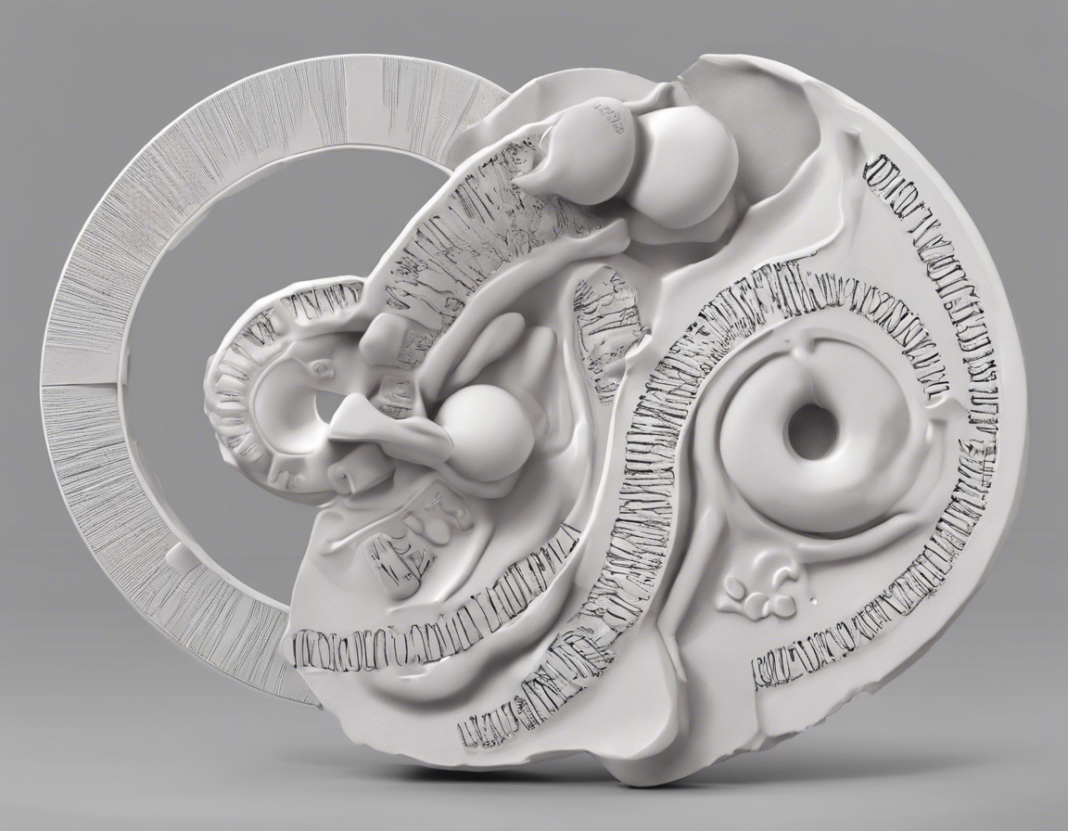Introduction
Cyclopam tablet is a medication used to relieve symptoms associated with conditions affecting the gastrointestinal tract, such as irritable bowel syndrome (IBS) and abdominal cramps. This article aims to provide a comprehensive overview of the benefits of Cyclopam tablet, including its uses, dosage, side effects, and precautions.
Benefits of Cyclopam Tablet
1. Relief from Abdominal Cramps and Pain: Cyclopam tablet contains a combination of active ingredients such as Dicyclomine and Paracetamol, which work synergistically to relax the smooth muscles of the gastrointestinal tract. This helps to alleviate abdominal cramps and pain associated with conditions like IBS.
2. Anti-Spasmodic Properties: Dicyclomine, one of the key components of Cyclopam tablet, acts as an antispasmodic agent by inhibiting muscle contractions in the stomach and intestines. This helps in reducing spasms and discomfort caused by excessive muscle contractions.
3. Decreased Gastric Motility: Cyclopam tablet helps in slowing down the movement of food through the digestive system, which can be beneficial in cases of diarrhea or hypermotility of the gut. By regulating gastric motility, the tablet helps in easing digestive issues.
4. Fever Reduction: Paracetamol, another ingredient in Cyclopam tablet, possesses antipyretic properties that help in reducing fever associated with gastrointestinal infections or other conditions. This dual-action medication not only targets the root cause of the symptoms but also provides relief from fever.
5. Management of Irritable Bowel Syndrome (IBS): Cyclopam tablet is commonly prescribed for the management of symptoms associated with IBS, such as abdominal pain, bloating, and altered bowel habits. It helps in improving the quality of life for individuals suffering from this chronic gastrointestinal condition.
6. Alleviation of Menstrual Cramps: Apart from gastrointestinal issues, Cyclopam tablet can also be used to relieve menstrual cramps. The antispasmodic and analgesic properties of the medication help in reducing the severity of pain and discomfort during menstruation.
Dosage and Administration
– The dosage of Cyclopam tablet should be determined by a healthcare provider based on the individual’s age, medical condition, and severity of symptoms.
– It is typically taken orally with or without food. The tablet should be swallowed whole with a glass of water and should not be crushed or chewed.
– The usual recommended dosage for adults is one tablet three to four times a day. However, it is important to follow the prescribed regimen to avoid potential side effects.
Side Effects and Precautions
While Cyclopam tablet is generally well-tolerated, some individuals may experience side effects such as drowsiness, dizziness, dry mouth, blurred vision, and constipation. It is essential to consult a healthcare professional if these side effects persist or worsen over time.
– Individuals with a history of glaucoma, urinary retention, gastrointestinal obstruction, or allergies to the components of Cyclopam tablet should exercise caution and inform their healthcare provider before starting the medication.
– Pregnant and breastfeeding women should seek medical advice before using Cyclopam tablet to assess the potential risks and benefits.
– Drug interactions may occur with certain medications such as antihistamines, antidepressants, and muscle relaxants. It is crucial to inform the healthcare provider about all medications being taken to avoid potential interactions.
Frequently Asked Questions (FAQs)
Q1: Can Cyclopam tablet be used for children?
A: Cyclopam tablet is generally not recommended for use in children unless prescribed by a pediatrician. The dosage and administration guidelines may vary for pediatric patients.
Q2: How quickly does Cyclopam tablet work?
A: Cyclopam tablet typically starts to work within 30 minutes to an hour after ingestion, providing relief from symptoms such as abdominal pain and cramps.
Q3: Is it safe to drive or operate machinery after taking Cyclopam tablet?
A: Cyclopam tablet may cause drowsiness or dizziness as side effects. It is advisable to avoid driving or operating heavy machinery until the individual knows how the medication affects them.
Q4: Can Cyclopam tablet be taken on an empty stomach?
A: While Cyclopam tablet can be taken with or without food, it may be better tolerated when taken after a meal to reduce the risk of gastrointestinal side effects.
Q5: What should I do if I miss a dose of Cyclopam tablet?
A: If a dose of Cyclopam tablet is missed, it should be taken as soon as remembered. However, if it is almost time for the next dose, the missed dose should be skipped, and the regular dosing schedule should be resumed.
In conclusion, Cyclopam tablet offers several benefits in the management of gastrointestinal conditions such as IBS, abdominal cramps, and menstrual cramps. With its dual-action mechanism and well-rounded efficacy, Cyclopam tablet is a popular choice for individuals seeking relief from gastrointestinal symptoms. However, it is essential to adhere to the prescribed dosage and precautions to ensure safe and effective use of the medication.




